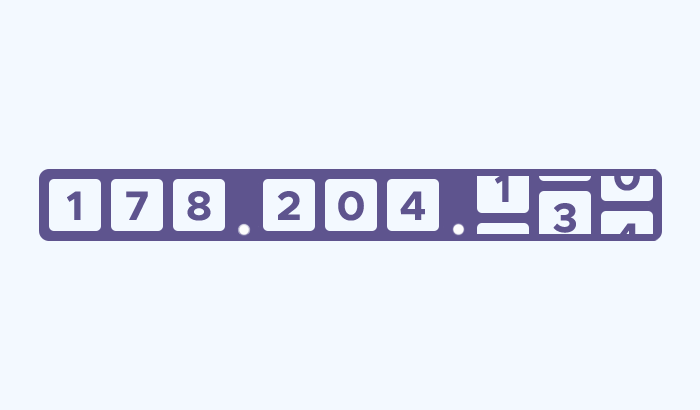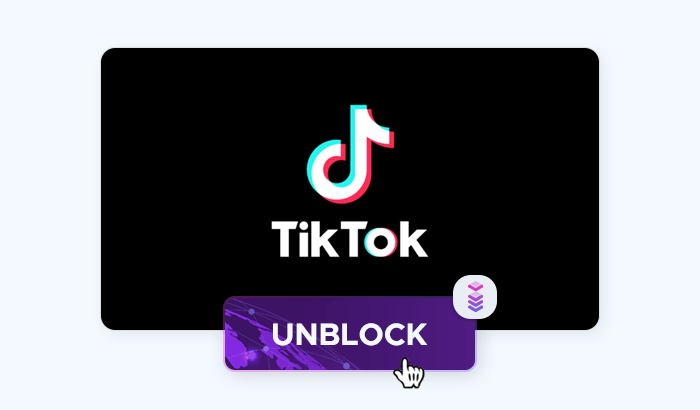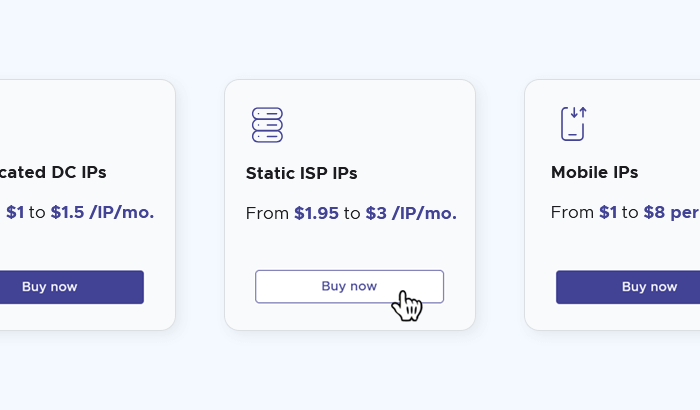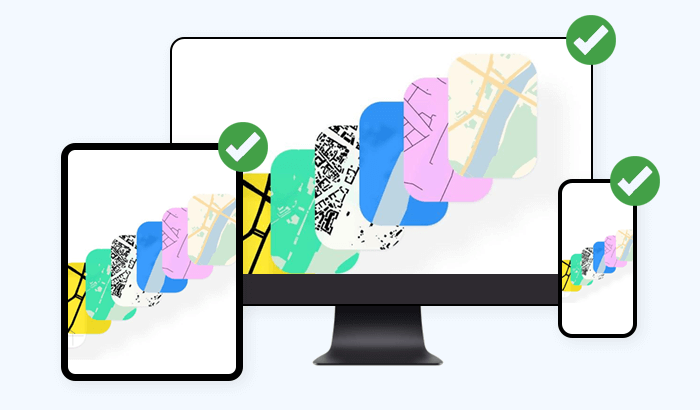

The digital advertising industry faces persistent challenges such as ad fraud, where bots or fraudulent publishers generate fake impressions and clicks, draining budgets without delivering value. Misplaced ads can appear on irrelevant or harmful websites, damaging brand reputation instead of strengthening it. To address these concerns, ad verification has become a critical step in every digital campaign. However, achieving reliable verification requires the right tools and methods – and that’s where proxies play a vital role.
What Is Ad Verification?
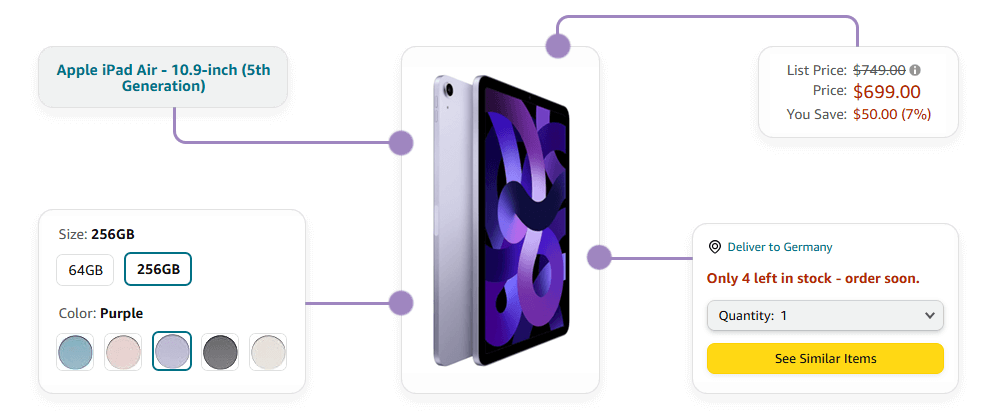
Ad verification is the process of ensuring that digital ads are displayed as intended – in the correct location, to the right audience, and within the proper context. It acts as a safeguard for advertisers, confirming that their campaigns deliver real value instead of wasted impressions or fraudulent clicks. At its core, ad verification answers key questions:
- Was the ad served in the right geography?
- Did it appear on a brand-safe website?
- Was it visible to real users, rather than bots?
- Did the creative display properly across devices and platforms?
The need for verification has grown alongside the complexity of online advertising. With programmatic buying, ads can pass through multiple intermediaries before reaching an end-user. This increases the risk of fraud, misplacement, or technical errors. Without independent verification, advertisers have little visibility into whether their budgets are truly being spent effectively.
By implementing ad verification, brands gain confidence that their campaigns align with targeting strategies, reach genuine users, and maintain their reputation. And to perform this verification at scale – across regions, platforms, and devices – proxies often become a critical enabler.
The Role of Proxies in Ad Verification

While ad verification tools provide the framework for detecting fraud and ensuring campaign accuracy, their effectiveness often depends on the ability to replicate real user experiences. This is where proxies become essential.
Proxies act as intermediaries between the verifier and the internet, masking the original IP address and allowing testers to appear as genuine users from specific regions or devices. For advertisers and verification teams, this capability is critical. Without proxies, many platforms would detect repeated monitoring requests and block them, or limit visibility to a single geographic perspective. With proxies, companies can:
- Bypass geo-restrictions – View ads exactly as users in different countries or cities would see them.
- Test campaign delivery – Confirm whether ads are served correctly across multiple devices, platforms, and networks.
- Stay undetected – Rotate IPs to avoid being flagged by ad networks for repeated requests.
- Ensure compliance – Validate that ads are not displayed in inappropriate or brand-damaging contexts.
Types of Proxies Used for Ad Verification
Different proxy types serve different needs in ad verification. Let's take a closer look at the most common options:
| Proxy Type | Best Use Case | Advantages | Limitations |
|---|---|---|---|
| Residential Proxies | Simulating real users for authentic ad checks |
IPs tied to real ISPs and devices Harder to detect/ban Ideal for geo-targeted testing |
Higher cost than datacenter proxies Slightly slower due to real-user routing |
| Datacenter Proxies | High-volume monitoring at scale |
Fast speeds Affordable Easy to scale with large pools |
Easier to detect as non-residential May be blocked by stricter ad networks |
| Mobile Proxies | Testing mobile ad delivery and in-app placements |
IPs assigned by mobile carriers Essential for mobile ad verification High trust level |
More expensive Limited availability compared to other proxy types |
| Static ISP Proxies | Long-term, stable ad monitoring |
Blend speed of datacenter with legitimacy of residential Stable connections for consistent checks |
Higher cost than standard datacenter Smaller pools available |
Key Benefits of Using Proxies for Ad Verification

Proxies are more than just a technical tool – they’re a foundation for reliable, large-scale ad verification. By enabling advertisers to simulate authentic user experiences, proxies bring several critical advantages:
Accurate geo-targeting validation: Many campaigns are designed to reach audiences in specific countries or even cities. Proxies let advertisers view ads from those exact locations, ensuring that targeting rules are applied correctly.
Fraud detection in real time: Proxies allow verification teams to identify suspicious activity such as bot-generated clicks, fake impressions, or ads served on unauthorized sites. Detecting fraud early helps advertisers minimize wasted spend.
Ensuring brand safety: Without verification, ads can inadvertently appear on websites with inappropriate or harmful content. Proxies provide the visibility needed to confirm safe placements and protect brand reputation.
Bypassing restrictions and avoiding blocks: Ad networks may block repeated verification checks if they all come from the same IP. By rotating proxy IPs, advertisers can remain undetected, continuing their monitoring without interruption.
Cross-device and cross-platform testing: Proxies make it possible to verify how ads appear across desktops, mobile devices, and apps. This ensures consistency in creative delivery and a seamless user experience.
How to Choose the Right Proxy Provider
Not all proxy providers are created equal, and the quality of your proxy network can directly affect the accuracy and reliability of your ad verification efforts. When evaluating providers, consider the following factors:
Reliability and uptime: Proxies that frequently fail or go offline can disrupt verification workflows. Look for a provider that guarantees high uptime, ensuring uninterrupted monitoring.
Geolocation coverage: To verify geo-targeted campaigns, you’ll need access to proxies in diverse locations – not just major markets, but also regional and niche areas where ads may be served. For example, Infatica offers over 180 geolocations.
Speed and scalability: Ad verification often requires high volumes of requests across multiple platforms. A provider should deliver fast connections and the ability to scale up without performance drops.
Ethical IP sourcing: Using Infatica's ethically sourced residential and mobile IPs reduces the risk of legal or compliance issues. Ensure that the provider follows transparent practices for obtaining and maintaining their proxy pools.
Flexibility in proxy types: Different verification tasks call for different proxy solutions – residential for authenticity, datacenter for speed, mobile for in-app ads. A strong provider offers a range of options to match your needs.








